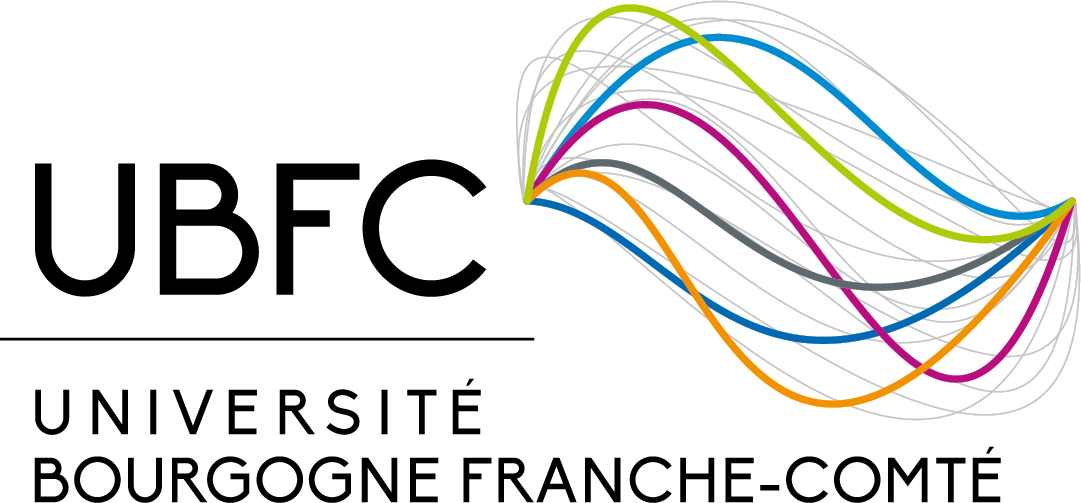Computer-Assisted Orientation and Drawing of Archaeological Pottery
| Affiliation auteurs | !!!! Error affiliation !!!! |
| Titre | Computer-Assisted Orientation and Drawing of Archaeological Pottery |
| Type de publication | Journal Article |
| Year of Publication | 2018 |
| Auteurs | Wilczek J, Monna F, Jebrane A, Chazal CLabruere, Navarro N, Couette S, Smith CChateau |
| Journal | ACM JOURNAL ON COMPUTING AND CULTURAL HERITAGE |
| Volume | 11 |
| Pagination | 22 |
| Date Published | DEC |
| Type of Article | Article |
| ISSN | 1556-4673 |
| Mots-clés | (semi-)automatic pottery orientation, 3D reconstruction, archaeology, Documentation, pottery illustration |
| Résumé | Archaeologists spend considerable time orienting and drawing ceramic fragments by hand for documentation, to infer their manufacture, the nature of the discovery site and its chronology, and to develop hypotheses about commercial and cultural exchanges, social organisation, resource exploitation, and taphonomic processes. This study presents a survey of existing solutions to the time-consuming problem of orienting and drawing pottery fragments. Orientation is based on the 3D geometry of pottery models, which can now be acquired in minutes with low-cost 3D scanners. Several methods are presented: they are based on normal vectors, or circle fittings, or profile fittings. All these methods seek to determine the optimal position of the rotation axis. We also present and discuss new approaches and improvements to existing methods. We have developed a suite of functions for the computer-assisted orientation and drawing of archaeological pottery. The profile and contours of the fragment, as well as any possible decoration, can be depicted in various ways: photorealistic rendering or dotted patterns, calculated by ambient occlusion, combined or not with artificial light. The general workflow, evaluated using both synthetic and real-world fragments, is rapid, accurate, and reproducible. It drastically reduces the amount of routine work required to document ceramic artefacts. The information produced, together with the 3D representation of the fragments, can easily be archived and/or exchanged within the archaeological community for further research. The source code (built in the R environment), together with an installation notice and examples, is freely downloadable. |
| DOI | 10.1145/3230672 |
